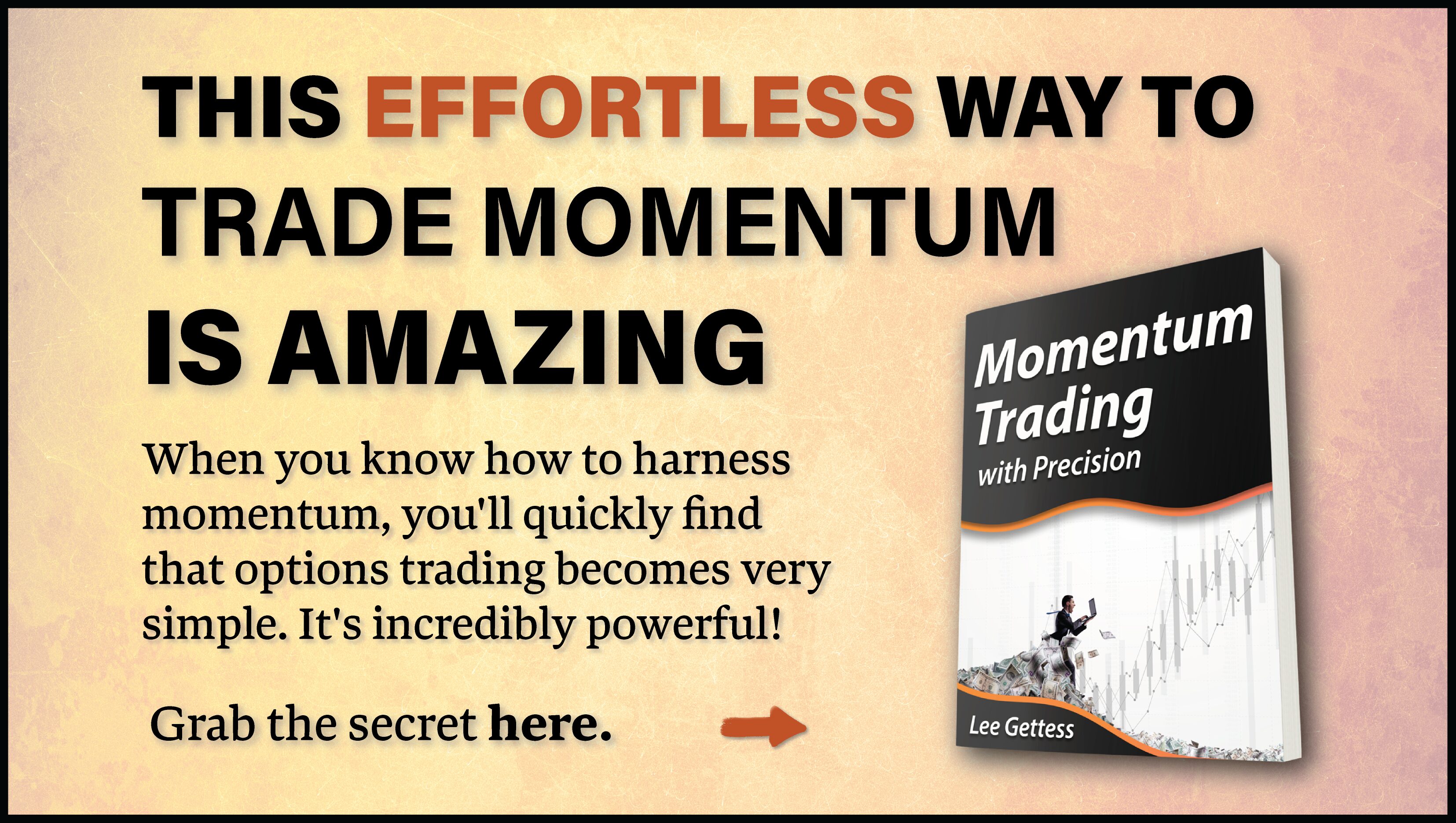by Darrell Jobman
Trend following is indeed a valid and profitable methodology, yet even the most trendy markets fall into consolidations or trading ranges about 70 percent of the time. We don’t know when markets are going to trend or when they are going to consolidate, so we have to trade them the same way all the time using rules that let us react appropriately to whatever happens.
You might be inclined to think that maybe you should be a countertrend trader because then you would be right 70 percent of the time. However, thanks again to computer testing capabilities, we can determine that this idea is actually pretty bad and that trading like a trend follower is a much better overall strategy in the long run. Of course, to make some long-term profit by following a trading strategy that may only work 30 percent of the time, it becomes obvious that most of your winning trades have to be larger than your losing ones. Knowing when and how to ride your profits, as well as when and how to quickly cut your losses, is an integral part of this or any similar trading strategy.
Most trend-following systems have rules to help traders know when to cut their losses or let profits run. My Turtle method is a little more sophisticated than most others because the program actually has two different sets of money management rules.

The first group of rules relates to position size in terms of the size of your account and market volatility. These rules define how aggressively to load up on each new signal that comes along in an effort to make the most amount of raw profit with the highest degree of efficiency on any given trade.
Of course, how many contracts you trade will depend upon the amount of money in your account, and the value of N at the current market price.
The second, and totally independent, set of money management criteria is derived from the established risk-of-ruin tables and statistical probability theory. It is designed to keep you in the trading game for as long as it takes to get into the mathematical “long run”, regardless of how choppy the markets might be in any short-term period.
Even when the markets are giving out false signals and there are no trends that you can use to your advantage, the money management systems are good enough at controlling the losses and keeping you in the game until the one big trend comes along that can pull you right out of the hole and back to the profitable side of the ledger. And those types of trends always will develop if you have enough patience, discipline, and capital.
As a general rule of thumb, most large traders advise limiting your risk on each trade to about 2% of your capital. That seems about right, but if you have a small account, this can be difficult to do. Rather than make your stops too light, you must be willing to risk a higher percentage of your capital. This will lead to a greater risk of ruin, but it’s the price you have to pay for trading with a small – perhaps undercapitalized – account.
After all, you should be more willing to risk 100% of your trading account if you only have $20,000 than if you have a million dollars. The million would certainly hurt more to lose, however, if you blow the $20,000 maybe you can save that much to try to trade again next year.
One adjustment to the 2% rule is that if you put on a trade and it starts going against you right out of the gate (i.e. the same day), then it would probably be wise to get out a lot faster. If the market comes back to your initiation price, then you could get back in again. Aside from being psychologically frustrating, there is nothing intrinsically or mathematically detrimental to this strategy. In fact, because it is such a difficult thing to do, it is probably most correct.
Now let’s go to the other side of the money management spectrum and talk about those times when you have large profits. You have probably heard the trading axiom, “Bulls make money, bears make money, but pigs get slaughtered.” Well, I am telling you that is wrong. One of the most successful traders of all time, George Soros, admits to being a pig and says, “It takes courage to be a pig.”
Now let me qualify that by saying that I am sure George Soros is not always a pig. There are times to be a pig and times to not be a pig. As with many other choices in both trading and life, the great trick is knowing when to be which. But during the times when it is right to be a pig, it often takes great courage to actually be one. It comes back to the very basics of Turtle trading, and that is having the discipline to follow the rules. That’s the really hard part.
One of the hardest rules to follow is to be aggressive when you’re ahead. On a good winning position the natural inclination is to sell and take profits, not to add more to the trade. This inclination stems in part from the false belief that you can make money if you are willing to take small profits and not be greedy. But this is wrong.
If, as Turtles believe, price is the strongest indicator of correctness of market action, then having a good profit on a trade is an indication that you are doing something right. And if you are doing something right, you want to do more of it, not counteract it. When you are correct about a position, you want to press it until the market tells you to get out.
The bottom line is that trading is not, as so many people think, a test of finding the holy grail of technical analysis but, rather, it is a test of one’s personal emotional discipline. You must continually force yourself to make correct decisions and perform optimal actions in the face of utter chaos and the entire gamut of self-destructive impulses.
Given all of this, it might be wise to approach the betting size question from the perspective of wanting to limit the risk of loss to levels that are psychologically manageable to one’s own personal abilities. That level will be different for every one of us.











Recent Comments